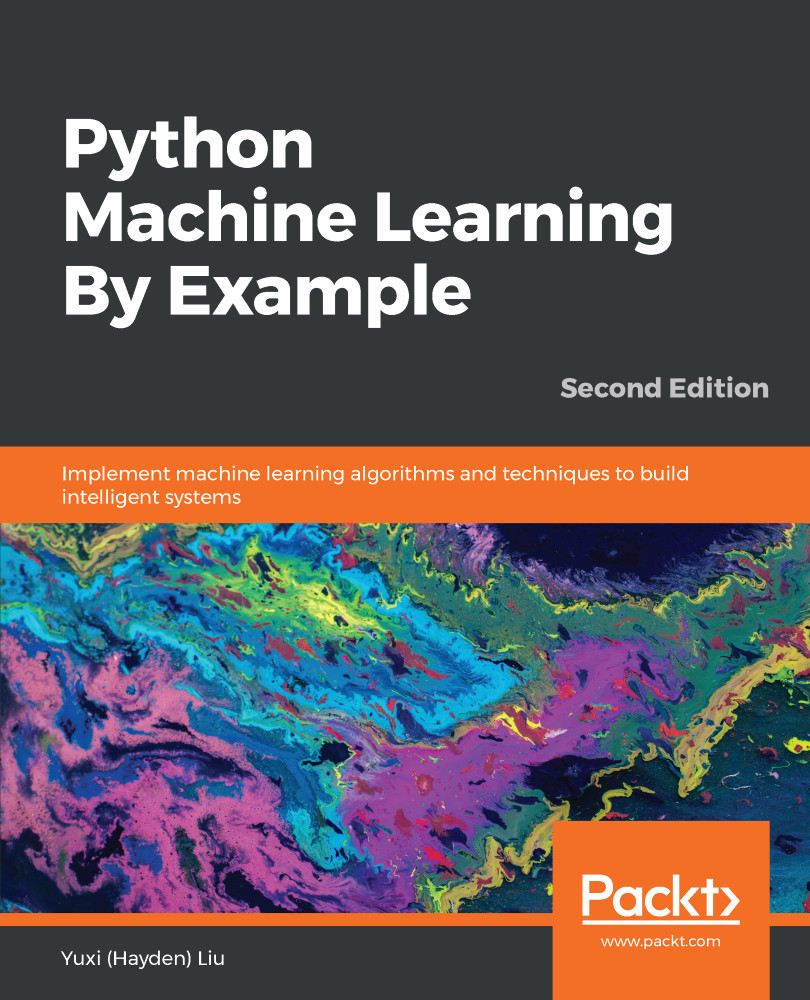In this chapter and the next, we will be solving one of the most data-driven problems in digital advertising: ad click-through prediction - given a user and the page he/she is visiting, this predicts how likely it is that they will click on a given ad. We will be focusing on learning tree-based algorithms (decision tree and random forest) and utilizing them to tackle this billion-dollar problem. We will be exploring decision trees from the root to the leaves, as well as the aggregated version, a forest of trees. This won't be a bland chapter, as there are a lot of hand-calculations and implementations of tree models from scratch, and using scikit-learn and TensorFlow.
We will cover the following topics in this chapter:
- Introduction to online advertising click-through
- Two types of feature: numerical and categorical...


